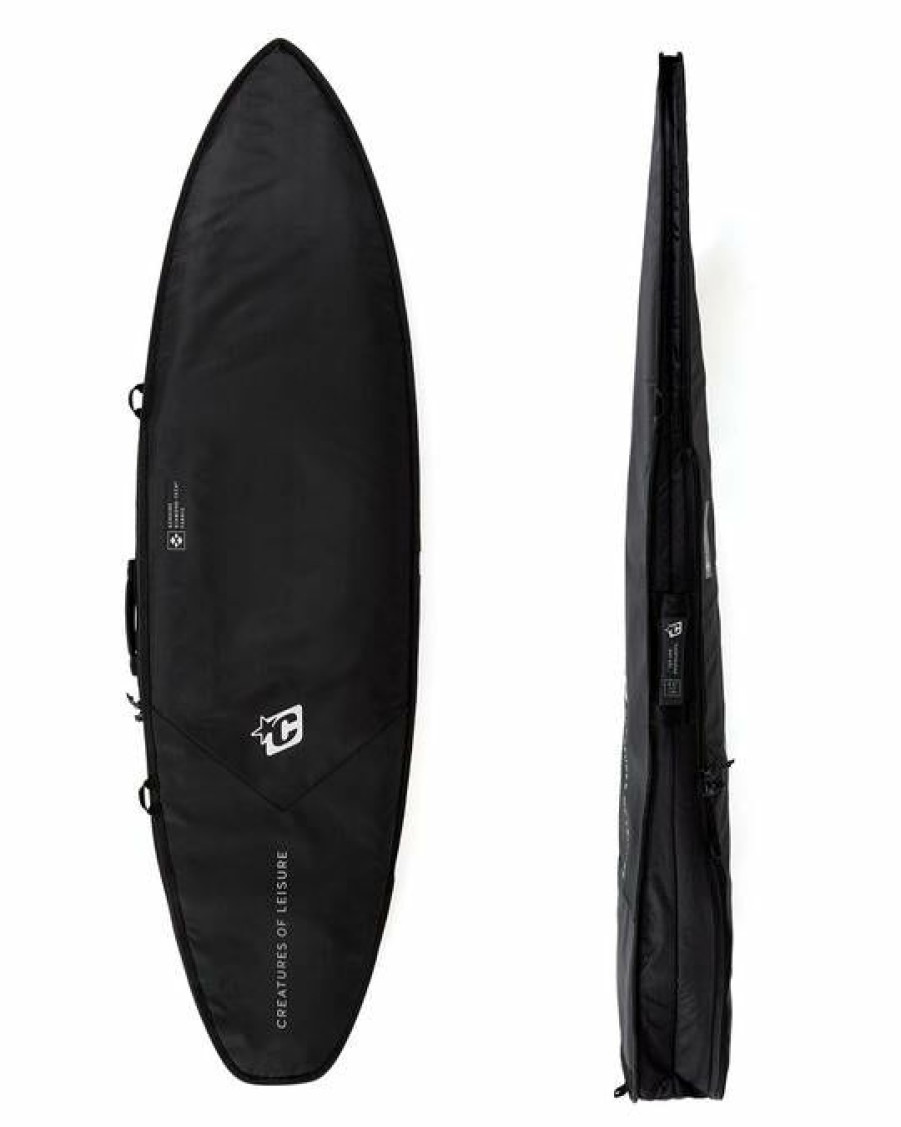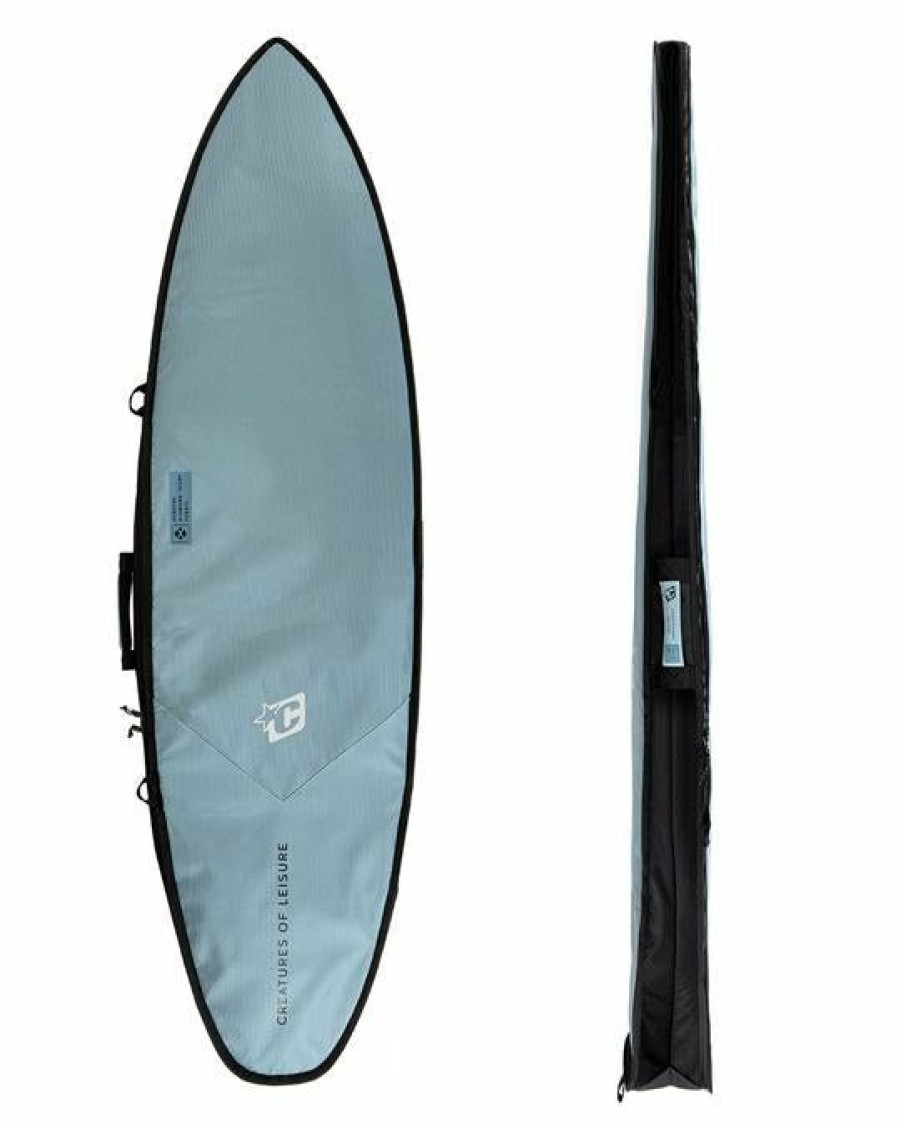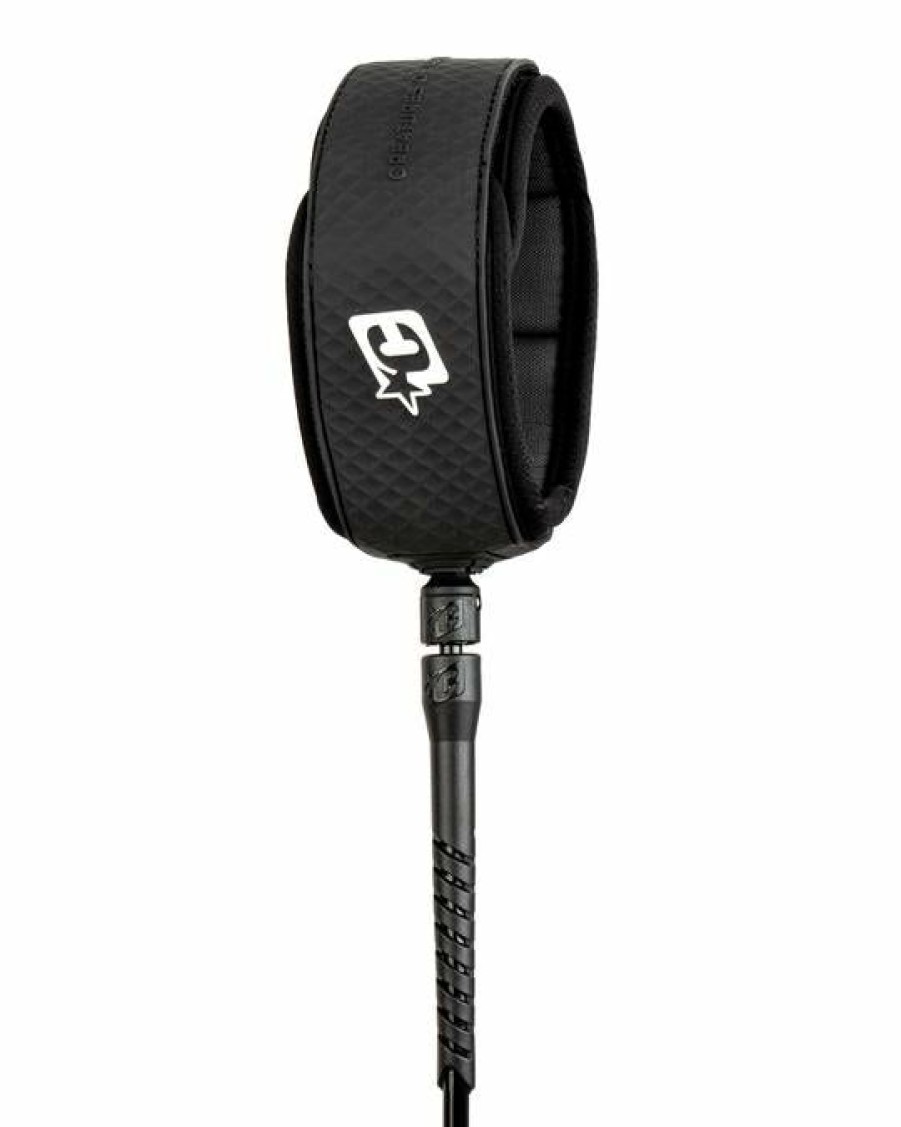Hardware * | Sta Surf Sale Js Mfc Keel Fins To Suit Futures Boxes
$176.69 $79.97
Hardware * | Sta Surf Sale Js Mfc Keel Fins To Suit Futures Boxes

Made For Our Red Baron. Compatible With Futures Plugs.
An Upright Keel Template Designed For More Traditional Fish Shapes In Particular The Red Baron. A Wide Base With Plenty Of Area Delivers A Huge Amount Of Drive And Extra Control To Short, Manoeuvrable Boards When Pushed Harder, Especially On Rail Out On The Open Face. Less Rake Than Other High Area Keel Fins Helps To Pivot In Tight Pockets, Complementing Everything You Want To Be Easy In Fishes And Fun Boards.
Our Js Industries X Mfc Hawaii Collaboration Is One Of The Only Fin Constructions In The Surfing World To Use Epoxy Resin Instead Of Poly Resin. And In Our Endless Pursuit Of Going As Fast As Possible On A Wave, We Found This Layup To Be The Best And Most Reliable. The Fin Construction Includes A Soric Sf2 Core To Reduce Weight And Provide Stiffness, Then Two Layers Of 200Gr External Carbon, One Layer Of 120Gr Glass, And Of Course The Rtm Technology Featuring Epoxy Resin Instead Of Polyester.
Mfc Hawaii (Established 1986) Have Devoted More Than 30 Years Now To Creating The Best Fins Possible, By Innovating At Every Stage Of Construction. They Tirelessly Work Towards The Title Of World’S Fastest Fins, Which Makes Them The Perfect Partner For The World’S Fastest Surfboards. From Our Extensive Range Of Boards Including Small Wave Fishes, High Performance Shortboards And Big Wave Guns, To These Fins, Js Is Always Built For Speed.
Epoxy Fins Vs Polyester Fins
- Epoxy Fins Are More Reactive, Meaning A Faster Response Time.
- Epoxy Resin Has A Longer Life During Usage.
- Epoxy Has A Load Of Approx. 1800/2000Lb X Square Inch Vs 500/600Lb X Square Inch Of The Poly Resin.
- Consequently, At High Speed The Epoxy Fin Is More Reactive Because It’S Able To Handle The Extra Load. When The Fin Flexes It Comes Back Faster, Giving You A Stronger Spring Back.
- Shelf Life Is Longer. After A Bit Of Time The Poly Fins Become Softer And Lose Their Flexibility Properties, While Epoxy Has A Much Longer Life Both In Storage And In The Water.

















Reviews
There are no reviews yet.